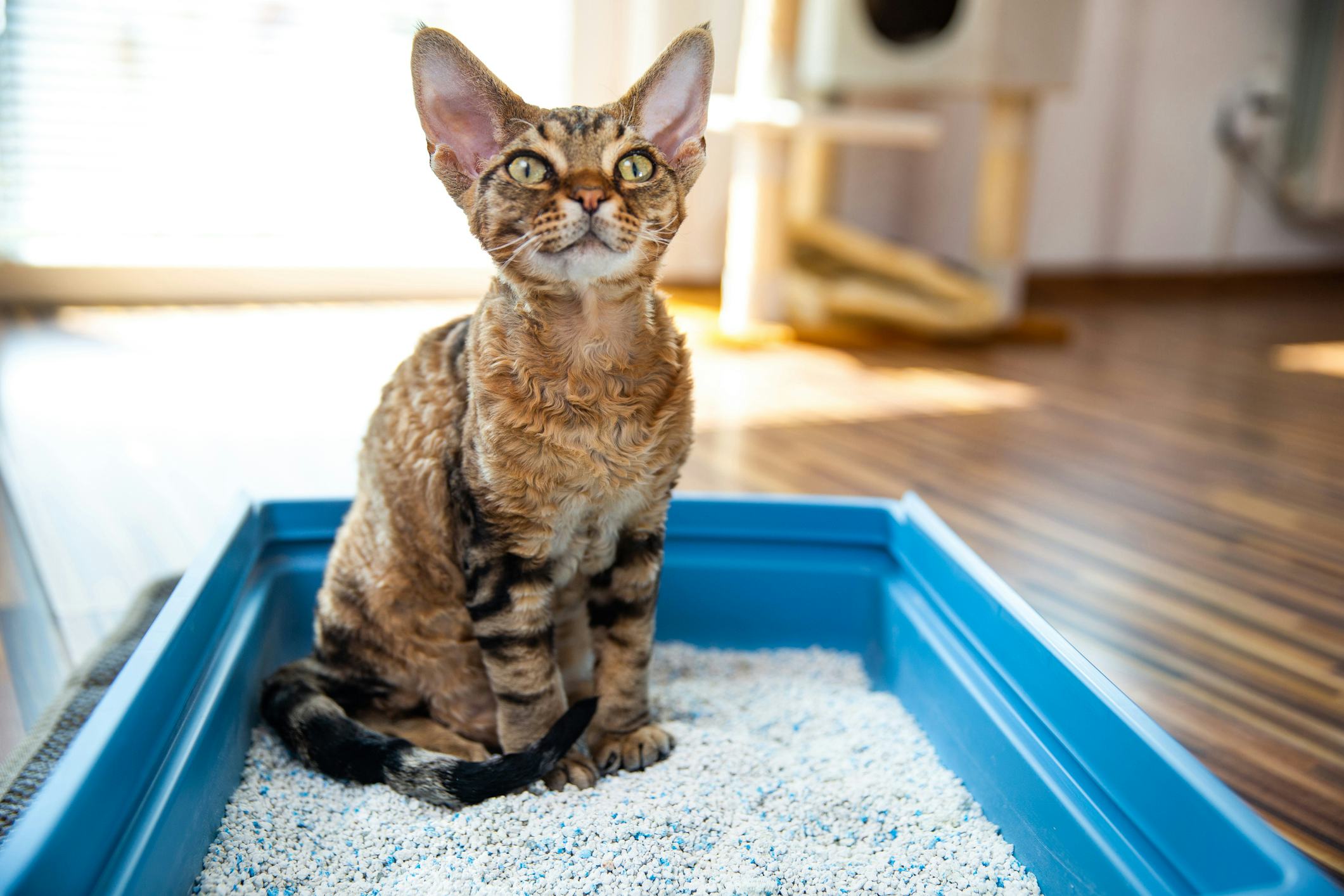The author is making a few good points on the subject of How to Dispose of Cat Poop and Litter Without Plastic Bags overall in the article following next.

Introduction
As cat owners, it's necessary to be mindful of how we take care of our feline buddies' waste. While it might seem practical to purge feline poop down the toilet, this practice can have damaging effects for both the environment and human health.
Alternatives to Flushing
Fortunately, there are safer and a lot more responsible methods to take care of pet cat poop. Consider the complying with alternatives:
1. Scoop and Dispose in Trash
One of the most common technique of dealing with cat poop is to scoop it right into an eco-friendly bag and toss it in the garbage. Make sure to use a specialized clutter scoop and get rid of the waste quickly.
2. Usage Biodegradable Litter
Go with eco-friendly cat clutter made from products such as corn or wheat. These clutters are eco-friendly and can be securely gotten rid of in the garbage.
3. Hide in the Yard
If you have a lawn, take into consideration burying cat waste in a marked location far from vegetable gardens and water resources. Make certain to dig deep sufficient to prevent contamination of groundwater.
4. Mount a Pet Waste Disposal System
Invest in a family pet garbage disposal system particularly designed for pet cat waste. These systems utilize enzymes to break down the waste, lowering odor and environmental effect.
Wellness Risks
Along with environmental issues, flushing pet cat waste can also posture health dangers to humans. Pet cat feces might consist of Toxoplasma gondii, a parasite that can trigger toxoplasmosis-- a possibly serious illness, especially for pregnant women and people with damaged immune systems.
Ecological Impact
Purging cat poop presents unsafe microorganisms and bloodsuckers right into the supply of water, presenting a significant threat to marine communities. These impurities can adversely affect marine life and compromise water top quality.
Final thought
Accountable animal ownership prolongs past providing food and sanctuary-- it also entails correct waste monitoring. By refraining from flushing cat poop down the toilet and selecting alternative disposal techniques, we can decrease our environmental footprint and shield human health.
CAN I FLUSH MY CAT'S POOP DOWN THE TOILET?
Always avoid flushing cat poop down the drain because not only could it potentially contain harmful parasites called toxoplasmosis, the litter could sit in your line and lead to a clog.
Plenty of waste gets flushed down your toilet every day, so what harm could a little cat poop and cat litter do? The answer is a lot, which is why you never want to send it down your drains.
Can I Flush My Cat's Poop Down The Toilet?One of the biggest problems with flushing your cat’s presents is the harmful parasites in your feline’s stool called toxoplasmosis. Extremely dangerous for humans, especially pregnant women and people who are immunocompromised, these parasites can cause a multitude of problems for unborn babies and even cause death or miscarriage if the infection happens early. That’s why you should always avoid touching cat poop. Also, water systems are not equipped to handle toxoplasmosis and are unable to destroy the parasite before it’s sent back into the environment, potentially jeopardizing the health of local area wildlife, specifically marine life.
Flushing cat poop could also lead to a future drain clog. Try as you may to eliminate any litter from it, there will always still be some stuck on there – and even if it says flushable on the label, it’s not! Cat litter is made up of bentonite clay, which has the tendency to harden when wet, creating a thick, almost cement-like quality. Cat litter that ends up down the drain can expand from the moisture in the pipes and then harden, blocking any wastewater. If you have a septic tank or a cesspool, it cannot handle cat litter either, no matter what kind. If it solidifies in the tank, in any of the system’s major parts like the inlet baffle, it’ll create some expensive problems.
The best way to dispose of cat poop safely is to scoop it into a bag and throw it into the trash – and ways of dealing with the smell include adding baking soda and replacing the box more.
Now that we’ve explained the potential harm that flushing cat poop can cause to you and your drains, you might be wondering the best way of dealing with it. Unfortunately, it’s the old-fashioned way of scooping it into a bag and then placing it into a trash can. They also make pet-proof trash cans that lock in the smell, so that you don’t have to always immediately take it out. If you’re tired of smelling the litter box after even just one use from your feline, there’s things you can do to help combat that smell. Adding baking soda to the litter will reduce smells, but just don’t add too much or your cat will no longer want to use the box. You could also replace the box more frequently, at least once a year, as those smells can just seep inside the scratch marks. Lastly, try changing to a new litter formula – some are better with smells than others.

We had been shown that write-up on Don’t flush cat feces down the toilet from a friend on our other web blog. If you enjoyed our article plz don't forget to share it. Thanks a lot for your time. Visit again soon.
Call Today